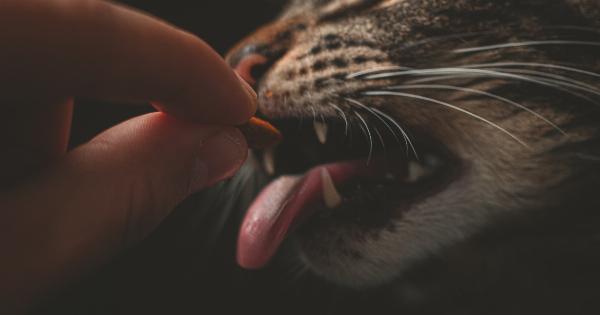Cats have a reputation for being independent, but like all animals, they have their quirks and needs. As pet owners, it’s important that we pay attention to our feline’s behavior, as it could signal an underlying health or behavioral issue.
Here are four red flags to look out for in your cat’s behavior.
1. Avoidance
If your cat is suddenly avoiding places or activities they usually enjoy, it could be a sign of physical or emotional distress. Cats are masters at hiding pain, so it’s important to observe their behavior closely.
Avoidance could be an indication of a variety of issues, such as joint pain, dental pain, or even stress brought on by changes in the household. If you notice any changes in your cat’s behavior, it’s best to schedule an appointment with your veterinarian as soon as possible.
2. Aggression
Aggression in cats can be a tricky issue to resolve, but it’s important to address it as soon as possible, for the safety of both your cat and your family. Aggression can be caused by a variety of factors, such as fear, territoriality, or illness.
If aggression is a new behavior for your cat, it’s important to consult with your veterinarian to rule out any underlying health issues. Additionally, there are several techniques and products, such as pheromone sprays and calming collars, that can help reduce aggression in cats.
3. Changes in Litter Box Behavior
Cats are generally fastidious creatures, and changes in litter box behavior can indicate a variety of health issues.
If your cat is suddenly avoiding the litter box, they could be experiencing urinary tract issues, digestive problems, or even emotional stress. Additionally, changes in the frequency or amount of urine or stool output could be a sign of underlying health issues.
It’s important to consult with your veterinarian as soon as possible if you notice any changes in your cat’s litter box behavior.
4. Excessive Grooming
Cats are known for their grooming habits, but excessive grooming could be a sign of a deeper problem.
If your cat is grooming themselves to the point of hair loss or skin irritation, it could be a sign of an underlying medical issue, such as allergies or parasites. Additionally, over-grooming can be a sign of emotional stress or anxiety. If you notice any changes in your cat’s grooming habits, it’s important to consult with your veterinarian to rule out any underlying health issues.
Conclusion
Cats are wonderful companions, but like all animals, they have their quirks and needs. If you notice any changes in your cat’s behavior, it’s important to pay attention and take action as soon as possible.
Avoidance, aggression, changes in litter box behavior, and excessive grooming are all potential red flags that should not be ignored. By staying vigilant and working closely with your veterinarian, you can ensure your feline friend lives a long and healthy life.






























